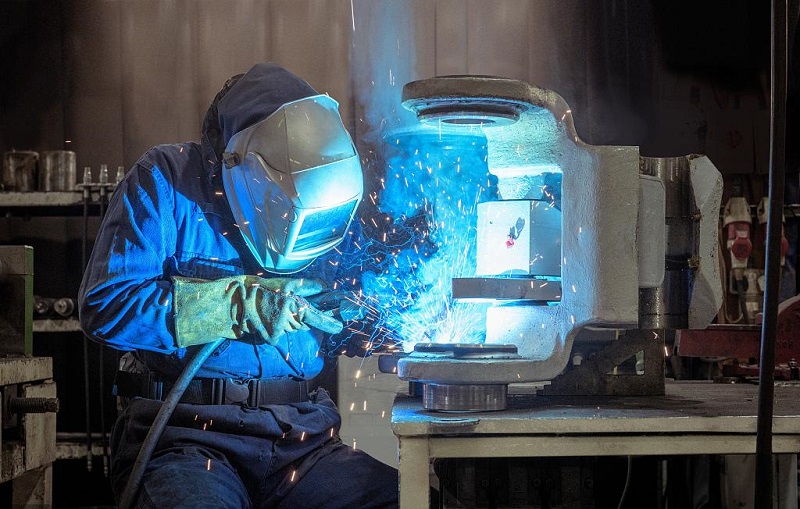Endless Safety Solutions at Your Fingertips
December 25, 2021 2961
The most recent data from the Bureau of Labor Statistics reports 439,000 disabling hand and finger injuries each year in the United States resulting in 121,800 hours of lost labor. For those who seek medical treatment, the average cost of a hand injury claim is $17,787. Within these statistics, 70 percent of these injuries occurred when users were not wearing any hand protection at all.
Even with these overwhelming statistics that highlight necessary hand protection and the severity of these injuries, there is still confusion around choosing the right protection for hand hazards. It is imperative to understand that not all hand protection is the same. With standards in hand protection constantly evolving and technology developing, it has become difficult for workers to determine what type of glove they should use for their application. They often question which solution to use. This confusion can lead to frustration resulting in users foregoing the use of hand protection altogether. According to the OSHA, 30 percent of workers clock in with a pair of gloves that do not match the task. To be able to prevent hand injuries, users must be wearing the right PPE for their specific application.

Understanding the differences between each type of hand protection can be difficult, even for safety professionals. Hand protection starts with senior management recognizing that proper safety is essential and ensures a positive outlook on PPE. Multiple jobsite requirements must be considered when protecting workers’ hands with cut-resistance, impact-resistance or back-of-hand protection at the forefront. While hand injuries are the most common on the jobsite, many are preventable if a worker is appropriately protected.